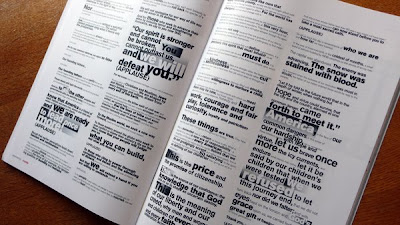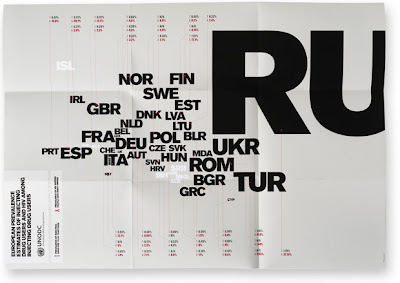Whilst reading books on design for print it immediately became evident as to how many aspects needed to be considered from a designers perspective. As a result I aimed to focus in on what I found a particular interest in, this being print finishes and techniques that give a tangible quality to a given piece of design and really make you want to touch it.
As the presentation had a limitation of 5 minutes, I selected to research the following:
- Foil Blocking
- Embossing & Debossing
- Varnishing & Spot Varnishing
- Half Toning
- Perforation
- Die Cutting
All of the above I aim to achieve a complete and informed knowledge upon via applying myself throughout this module. This includes researching, trying, testing and experimenting.
FOIL BLOCKING:

image credit: The Consult • http://www.theconsult.com/
EMBOSSING & DEBOSSING:

image credit: Ruiz • http://www.ruizcompany.com/
VARNISHING & SPOT VARNISHING:

image credit: Commune • http://www.commune-inc.jp/
HALF TONING:

image credit: Commune • http://www.commune-inc.jp/
PERFORATION:

image credit: Established • http://www.establishednyc.com/
DIE CUTTING:


image credit: Widgets and Stone • http://widgetsandstone.com/
x





























































